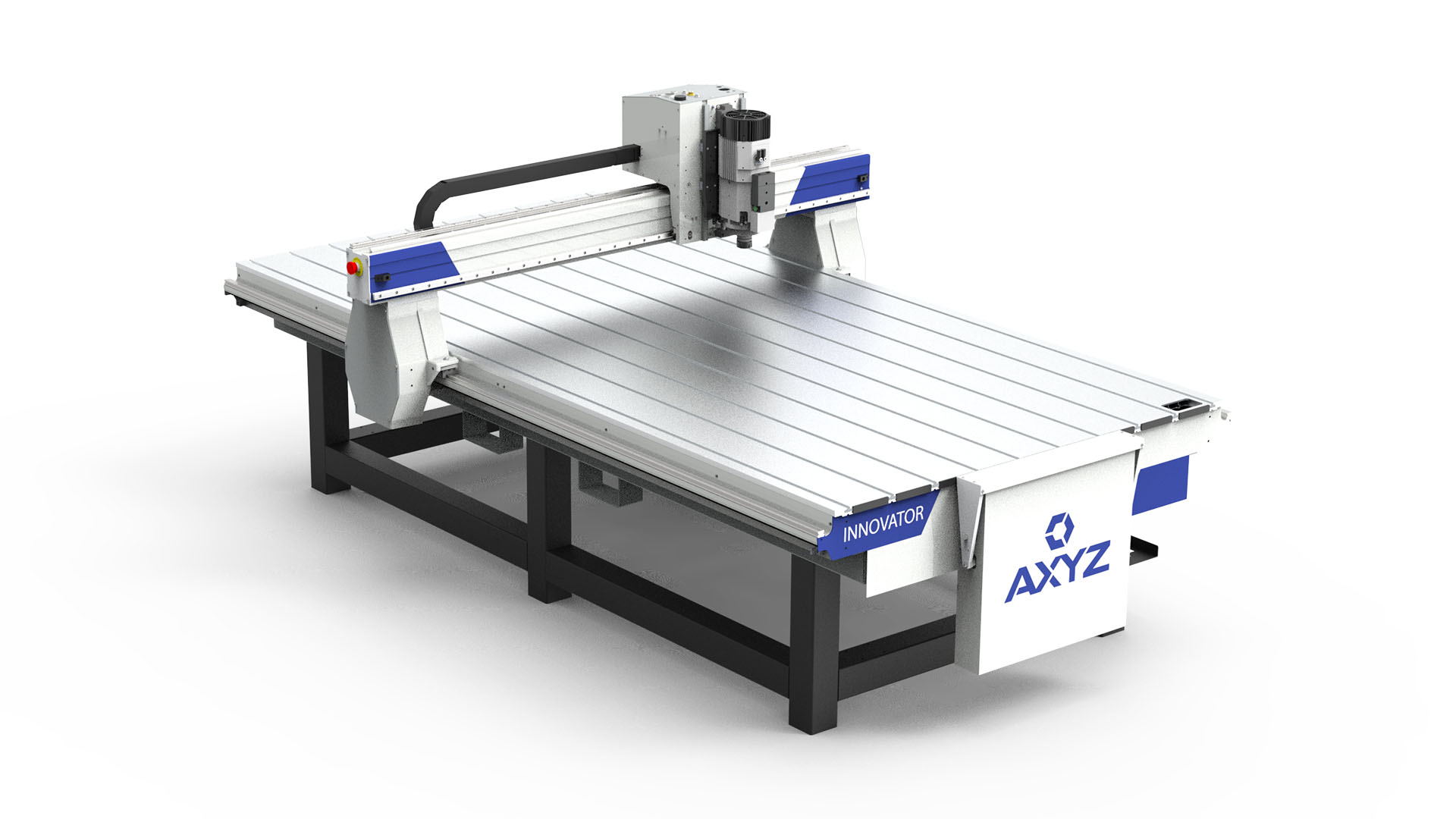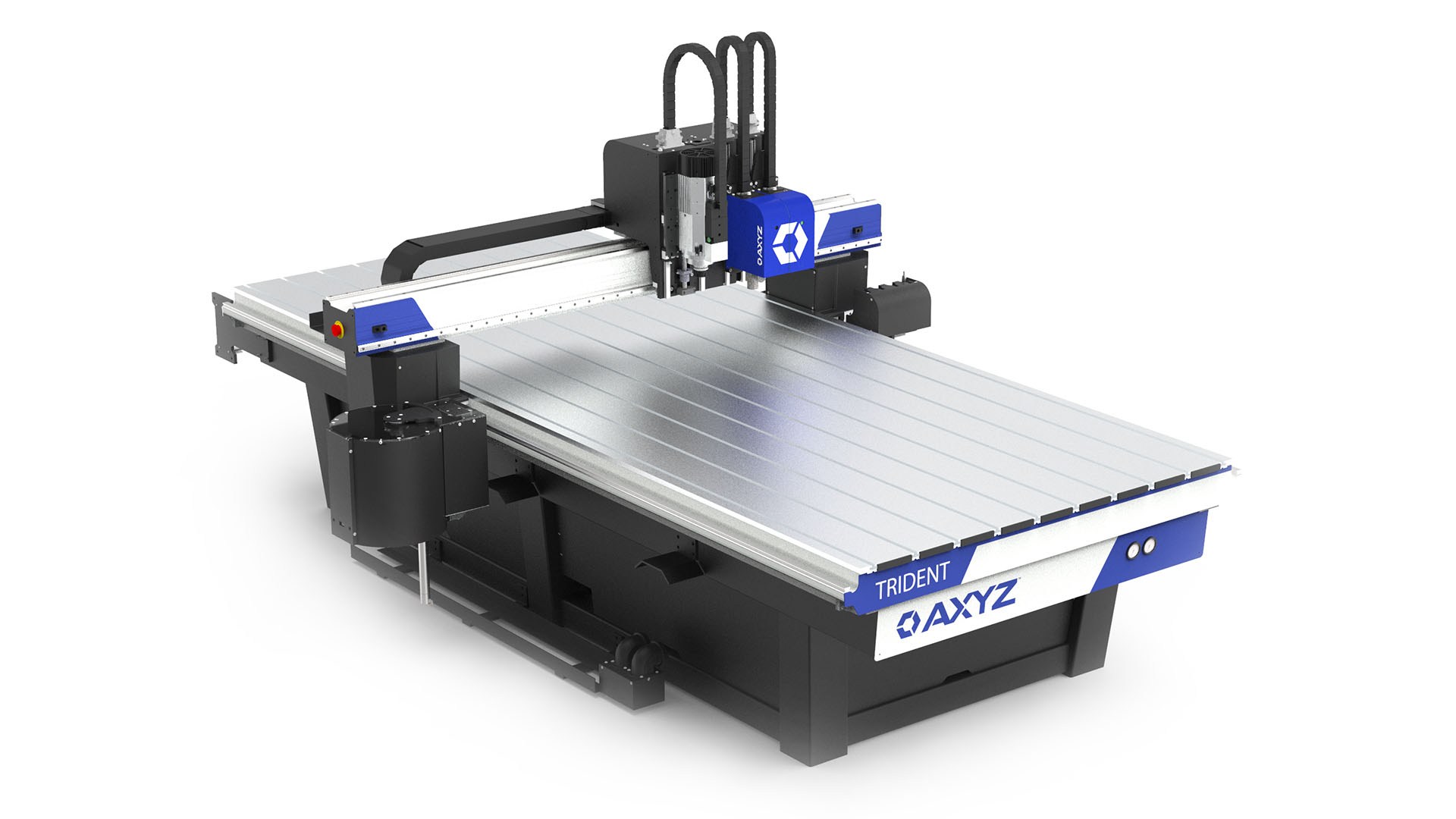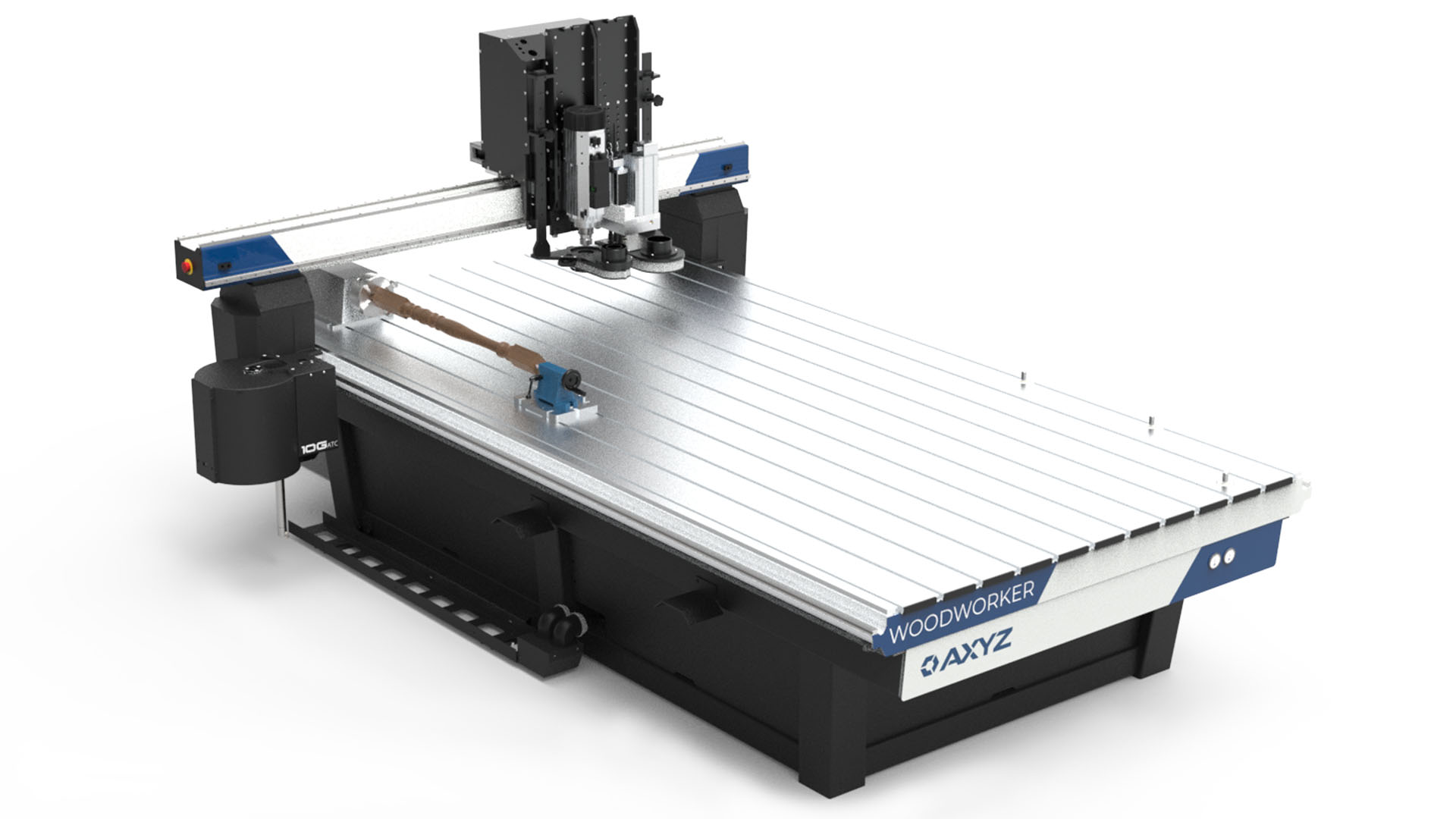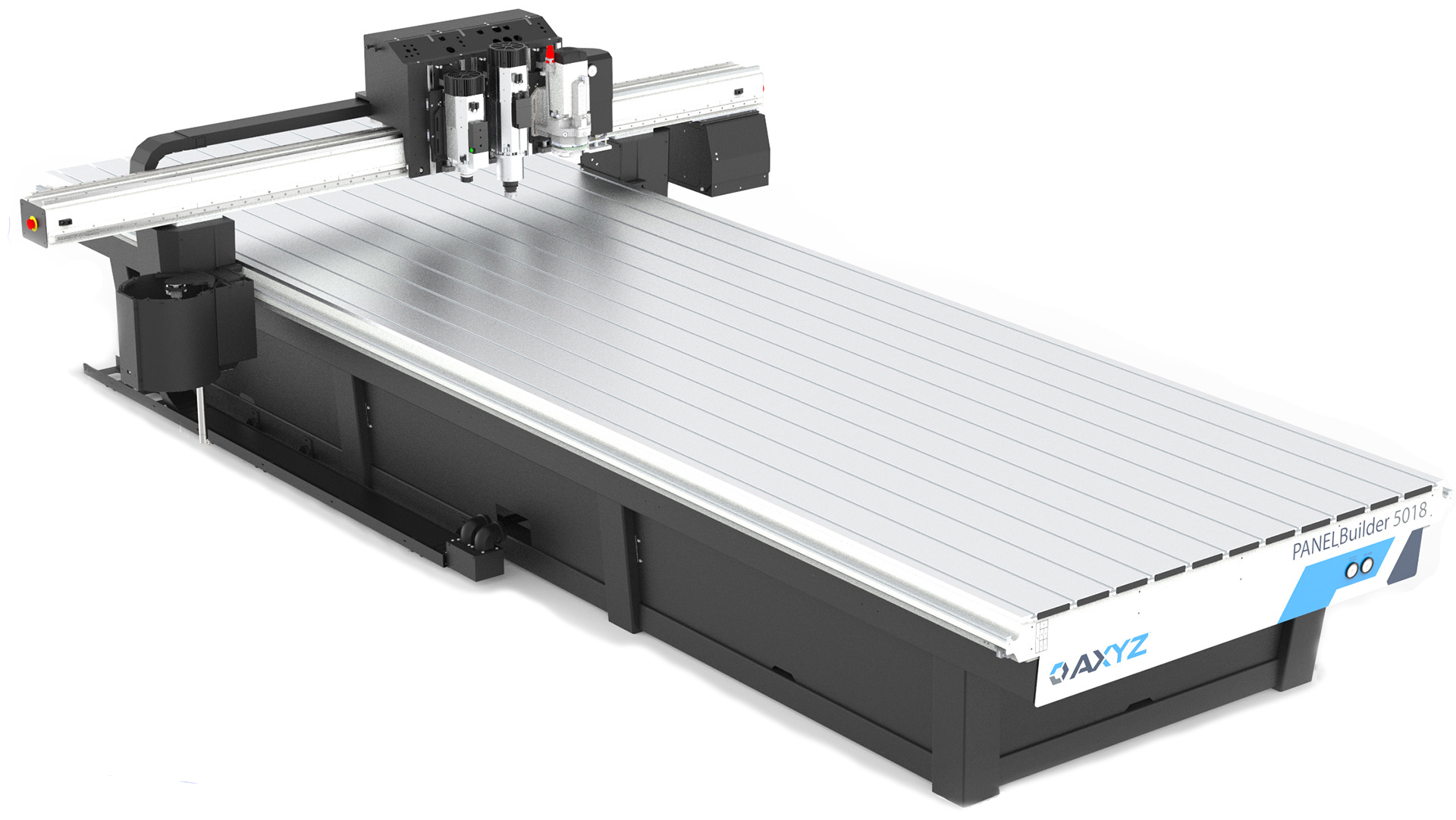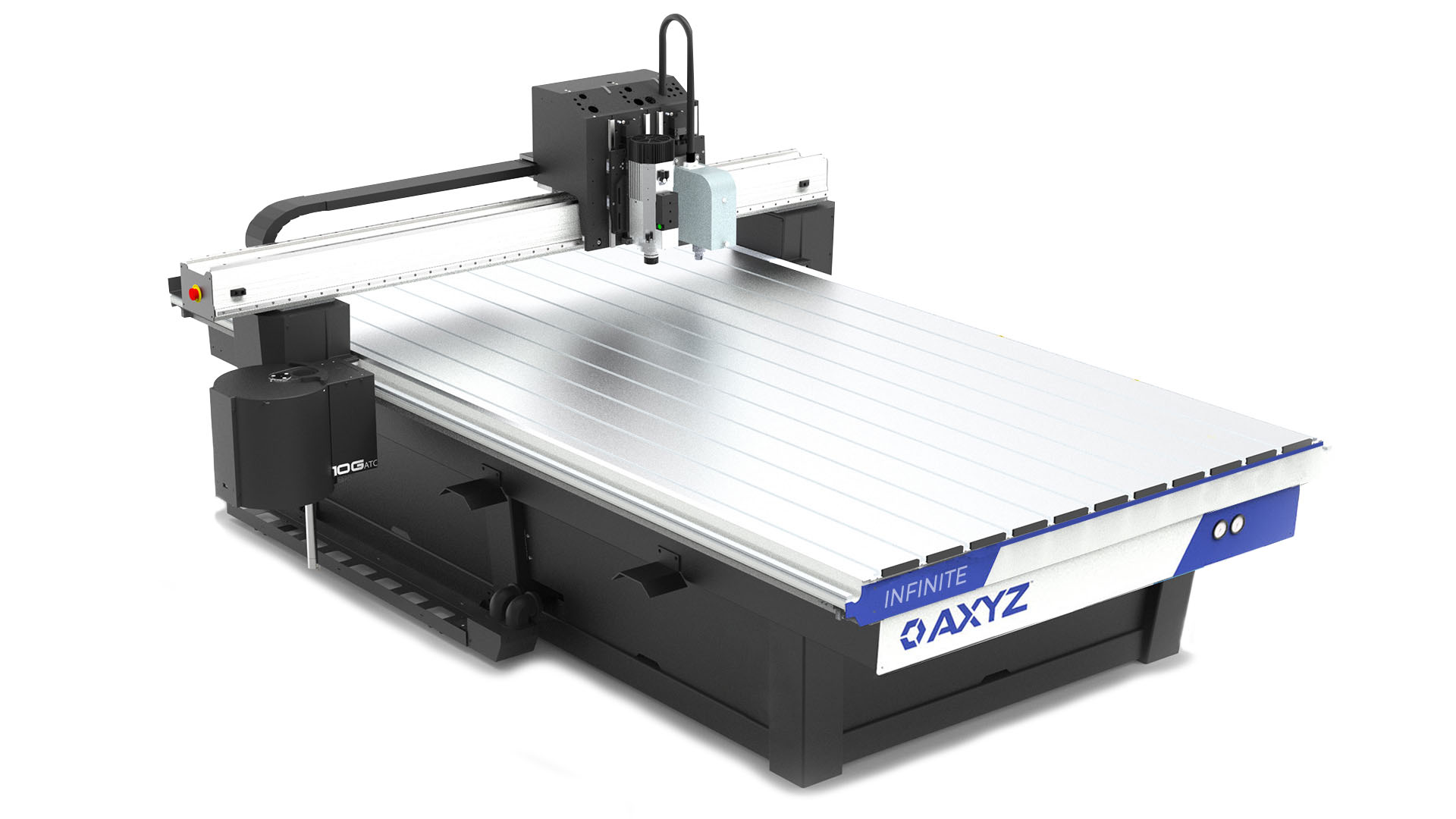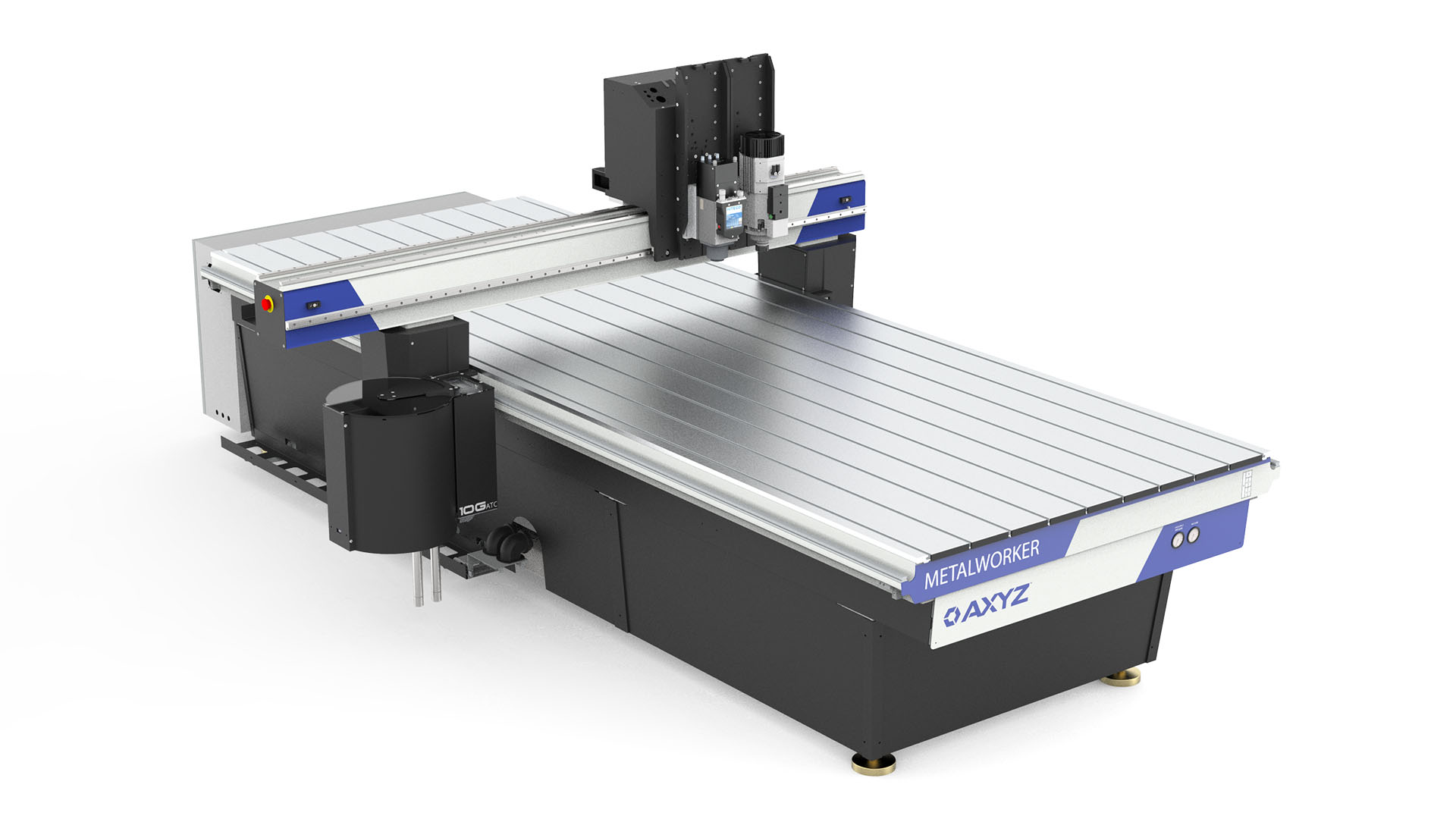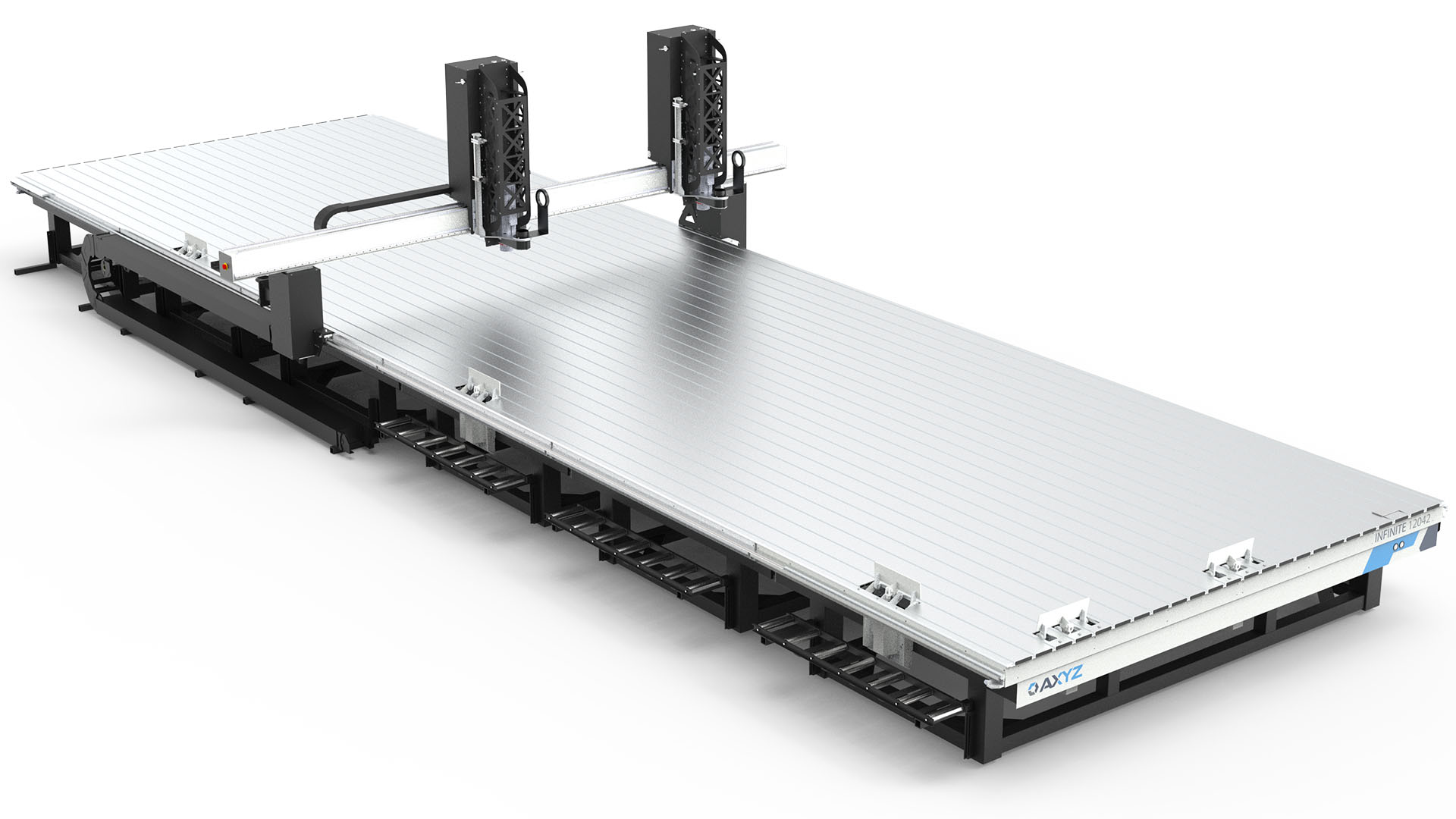The challenges for architectural metal cladding panel manufacturers have never been more apparent. Today’s varieties of materials have forced manufacturers to expedite their processes and, at the same time, ensure their efficiency, accuracy and productivity in all aspects of material handling. That is not an easy task, particularly for the smaller to mid-size companies that have opted to use traditional methods such as panel saws, turret punches and notchers—all of which are labor intensive and require movement of material from one machine to another. Ongoing reliance on these tools tends to slow the process and elevate the risk of material damage and waste. As a result, manufacturers experience an increase in the costs of doing business and a reduction to their bottom lines.
The bigger manufacturers have long recognized and implemented the use of automated panel fabrication, which has accelerated production and lowered their operational costs, particularly those associated with material handling. Now the medium-sized and smaller manufacturers are doing the same. The trend makes sense since continuing the use of traditional modes leaves them at a competitive disadvantage—a point all cladding manufacturers can agree upon. Given the different types of panels coupled with the need to improve process efficiency and reduce waste, manufacturers are demanding more sophisticated machinery and support from the companies that provide them.
The Metal Cladding Panel Process Evolves
The obvious reason for the move to automation by large and small manufacturers alike is its process efficiency in all aspects: material handling, workforce, time and costs. Before the onset of automation, designing and manufacturing metal cladding panels was time and labor intensive. One need not be a long-time veteran of the business to remember the days of cutting sheets into rectangles or laying out panels for secondary work associated with a particular project. James Roeper, project engineer of Gen3, a Denverbased company specializing in composite wall panel systems and metal panels, remembers all too well. “Everything had to be drawn manually in AutoCAD, converted to a numeric control file and cut,” he says. “It was tedious and labor intensive.”
The process changed significantly for Gen3 and other cladding companies with the development of dedicated design and programming systems coupled with cost-effective automated CNC routers designed to process large sheets of material fast and efficiently. As a result, companies, including the smaller ones, are opting for more machinery on the floor with sophisticated tools to easily and accurately handle practically every cladding job.
“The key is optimization and our process time has been cut by 50 percent on average,” says Roeper. “We can vary configurations and can stop, start and delete what we don’t like. Everything is done automatically.”
Software and machines, which continue to demonstrate innovative improvements for product and process, are not the only major changes impacting panel cladding manufacturing. The panels themselves have changed radically from the traditional aluminum composite. In addition to those produced by the major corporations including stainless composites, titanium and copper, the industry has produced other solid cladding panels with such brand names as Trespa, Silbonit and Fundermax.
Acceptance of solid cladding, as opposed to the traditional composites, requires router and tools capable of accurate and efficient cutting that limits material waste—one of the biggest cost issues in the cladding manufacturing industry. When these machines produce the projects they are designed to do, material and labor costs are significantly reduced. The router is doing the work and moving from one job to another, eliminating the need for human intervention. Manufacturers cite these capabilities to support the machinery as cost-efficient investments
Design and Programming
Large projects may require hundreds or even thousands of panels to be designed and produced. The only way to do this efficiently is through the use of a dedicated CAD/CAM system. Through this type of system, a library of parametric templates allows panels to be created and verified very quickly with data entered from a spreadsheet from other CAD systems in standard formats such as DXF or manually for more complex panel designs. Panels can be matched up to sheets of material held in stock and can even have their orientation set to ensure any grain on the chosen material is consistently aligned.
Nesting and Tracking
Two major benefits of automation are nesting and tracking. A good automated nesting system will optimize cutting of panels in a sheet to minimize waste, often achieving 90 percent material utilization. This alone can easily justify the cost of automation when factored with the shear expense of raw materials and the cumulative cost reductions seen over multiple production cycles.
Also, today’s routers can be programmed for continuous operation with no downtime. If, for example, there are 20 sheets to run, the nests can be combined into one job in what is commonly referred to as “pendulum processing.” Much like the motion of a pendulum, the machine’s vacuum and alignment features swing from front to back as all the separate jobs are combined. While the machine is processing a sheet at one end of the bed, the operator is unloading a cut sheet and re-loading a fresh one at the other end.
Tracking is not just about management getting timely information on the status of a project. It is also an efficient tool for ensuring tracked panels are always in the right place at the right time. Tracking drastically reduces the chances of errors that determine if a project will be completed on time and on budget. For example, if a panel becomes damaged at any stage of the process, it’s possible to simply scan the barcode and have the correct information transmitted to the machine for production of a replacement.
Consider this a classic illustration of an automated integrated process in which designing, nesting and programming panels is entirely seamless. The three major material cladding issues —time, manpower and materials—are addressed to the benefit of the processing company.
Best Practices
Due diligence prior to purchasing automated systems should include a thorough understanding of the cladding manufacturer’s needs and what it will take to achieve them. These include machine performance and the capability of the accompanying software to handle the specifics of panel design and production. Standard off-the-shelf CAD/CAM software is rarely suitable for these types of projects.
Of equal importance is the choice of a vendor who will be a partner and not just a supplier. The right vendor is a knowledgeable resource who keeps the company up-to-date on changes in the industry as well as router capabilities and enhancements. Buyers need to insist on 24-hour service, ongoing training and provisions for information and equipment updates. Anything less jeopardizes the investment, operations and growth.
Automating the cladding process is more than establishing a competitive edge. It’s a prerequisite for staying ahead of the game in an industry that tends to evolve quickly. As such, manufacturers need partners who know, understand and assist in providing the optimum uses for technology and trends within the industry.
The point of automation is to reduce time, material waste and cost with a machine that can evolve along with metal cladding panel manufacturing.

